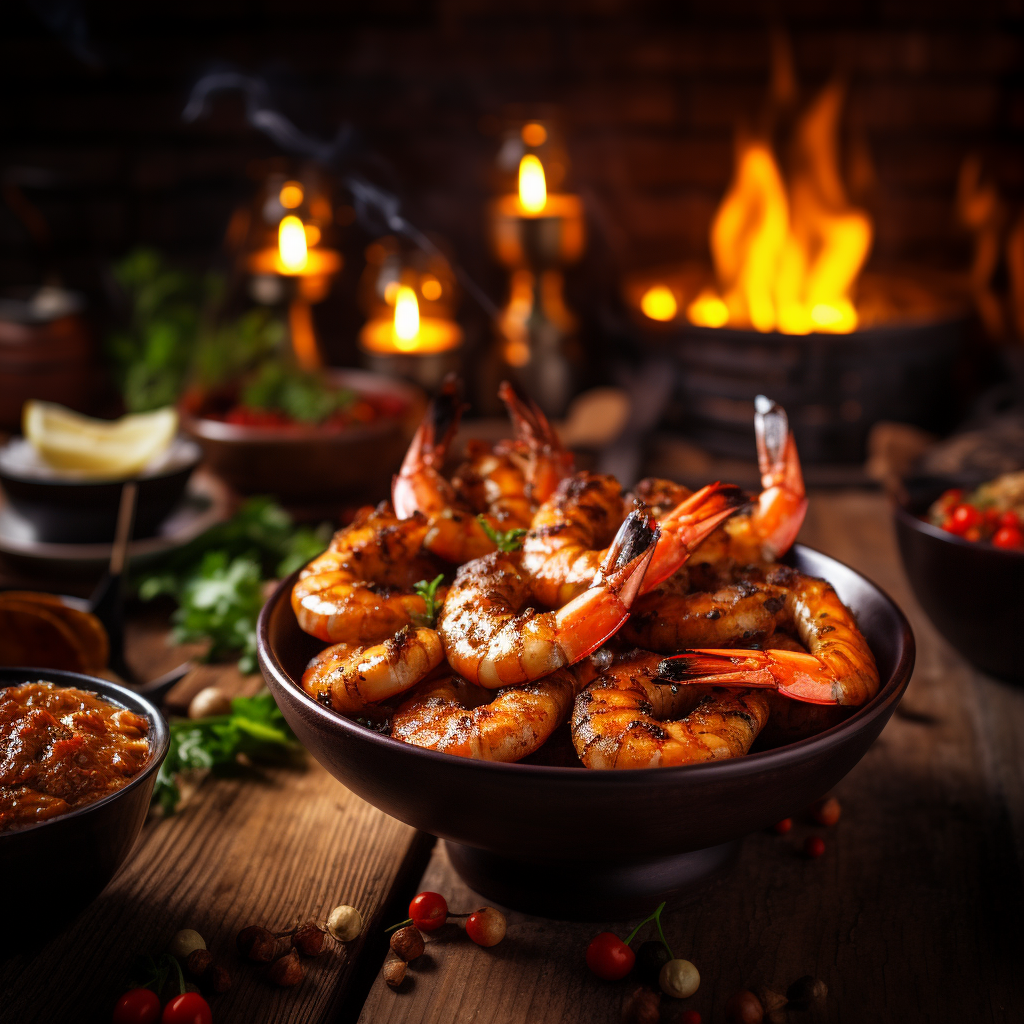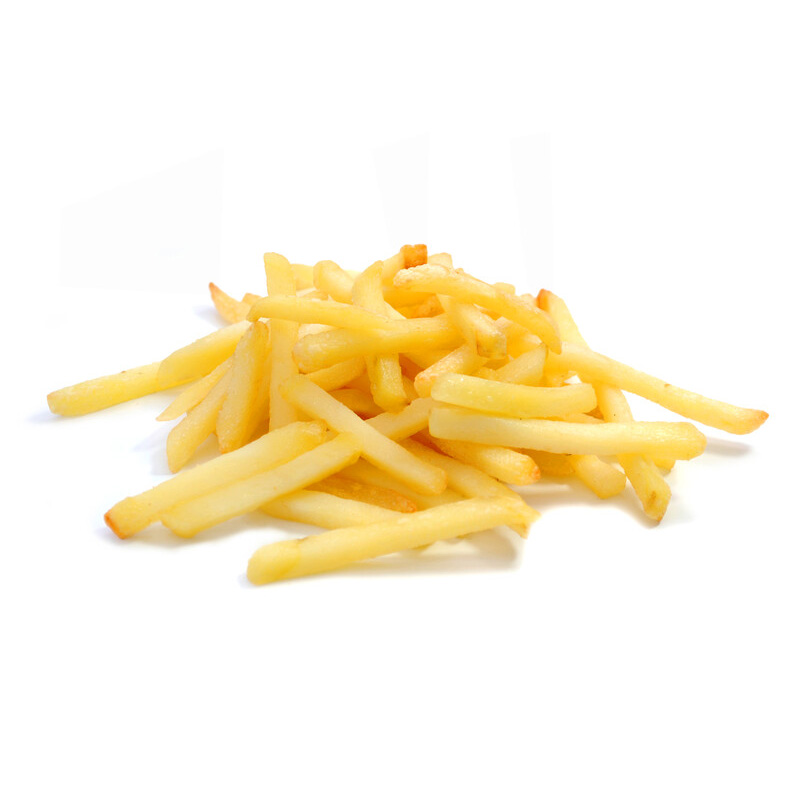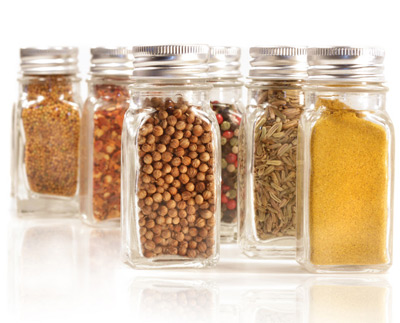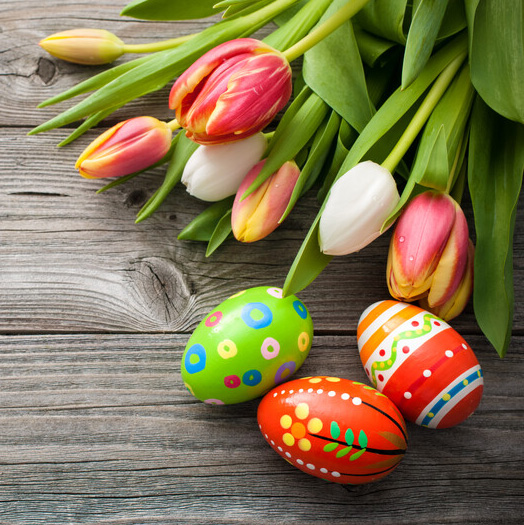The next spice we will take a closer look at in our History of Spice Series is Cinnamon.
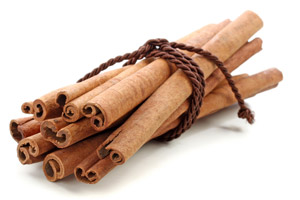 Common Name: Cinnamon
Common Name: Cinnamon
Scientific Name: Cinnamomum Zeylanicum
Other Names: Cassia
Description
Cinnamon is an aromatic spice that comes from the bark of a Southeast Asian tree. The bark is peeled and dried and is often ground into powder, but is also used in rolled strips. It is used in both sweet and savory foods. This spice comes from the Cinnamon tree (there are dozens of species of this tree), which are small evergreens that contain aromatic bark and leaves. These trees can grow to a height of 66 feet, although most are regularly trimmed and kept as groups of bushes in order to make cultivation of the cinnamon bark easier. The cinnamon tree produces yellowish-green flowers and a small berry fruit.
History
Cinnamon is considered to be one of the first traded spices in the ancient world. There are many biblical references to this spice and it is mentioned in the bible by its Hebrew word, kannamon, in Psalms, Proverbs, Ezekiel, and Revelations. The Hebrew bible makes specific reference of this word many times.
Cinnamon was considered so valuable during this time it was equal in worth to gold and ivory. It was regarded as a suitable gift for Monarchs and for Gods. Ancient Egyptians used cinnamon as part of their embalming rituals. Physicians from the middle ages used cinnamon to help treat cold and throat ailments such as coughing, hoarseness and sore throats.
Indonesian rafts transported cinnamon on a “cinnamon route” to East Africa, where local traders then carried it north to the Roman market.
Arab traders brought the spice through trade routes into Egypt, where it was bought by Venetian traders from Italy who held a monopoly on the spice trade in Europe.
At the beginning of the 16th century, Portuguese traders arrived in Ceylon (Sri-Lanka) where this spice was growing and was the largest producer of cinnamon at the time. They took control of the area and started their own monopoly on the spice. They established a fort on the island in 1518 and protected their control over this valuable commodity for over a hundred years.
During the 17th century, the Dutch took control of the island of Ceylon and the monopoly of the trade. When they later learned that cinnamon trees existed along the coast of India, they made certain this was destroyed in order to preserve their high profits on this spice.
Eventually, the Dutch monopoly over cinnamon disappeared because the world found they could grow it successfully in other locations.
Today, cinnamon is grown in South America, the West Indies, and other tropical climates.
Culinary Uses
The spicy aroma of cinnamon enhances both sweet and savory foods. You will find cinnamon in cuisines from around the world and its bold and distinctive flavor adds depth to many dishes. There are almost endless possibilities for using this spice. It can be used in desserts and sweet treats such as breads, cookies and pies. It is a wonderful compliment to drinks such as tea, cider, hot cocoa and coffee. Cinnamon is also a good compliment to meats such as beef, pork, chicken or lamb.
Medicinal Uses
Many acknowledge that cinnamon is good for our health. The Chinese use cinnamon much like daily supplement, because they believe it helps to improve complexion and that is gives them a younger, more youthful appearance. One of the Chinese treatments for fever is a dose of cinnamon.
In India, cinnamon is sometimes used as a natural painkiller. It is considered an acceptable type of over-the-counter menstrual medication. The Chinese also use it as a treatment for PMS and as a way to promote regular and easy menstruation.
Cinnamon oil has exhibited antifungal, antiviral, bactericidal, and larvicidal activities. It is believed that ingredients in cinnamon can help prevent the growth and spread of certain types of bacteria and virus.
It is also widely used in helping with stomach aches and pains and digestive troubles.

